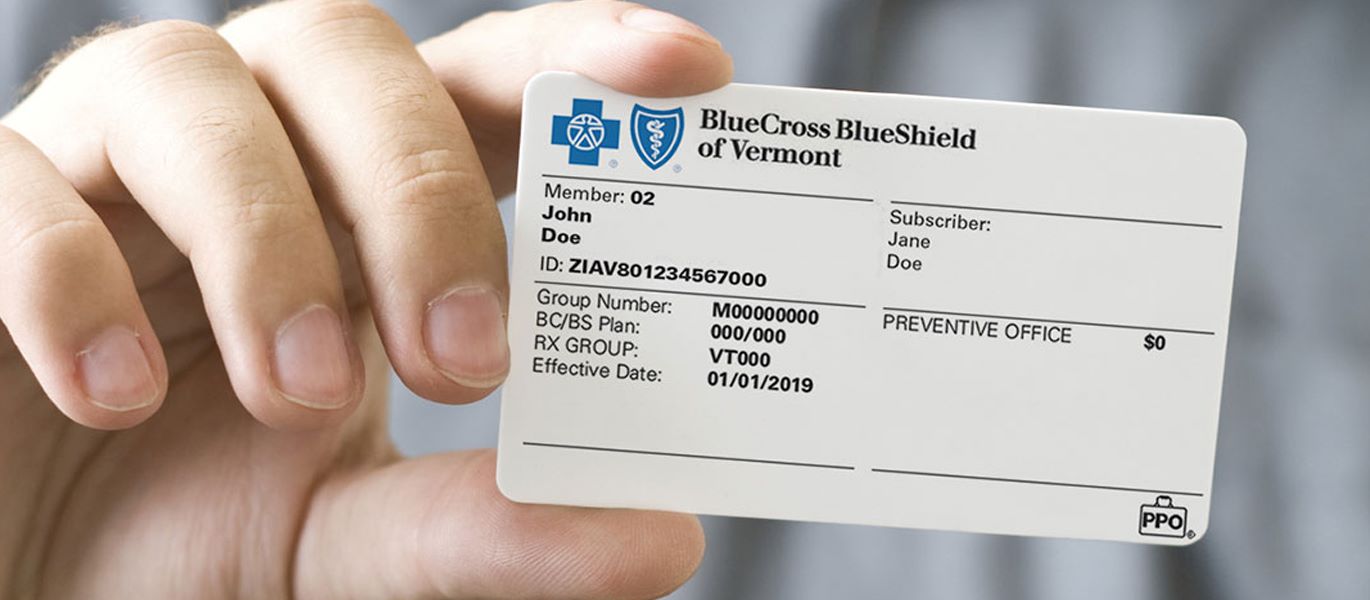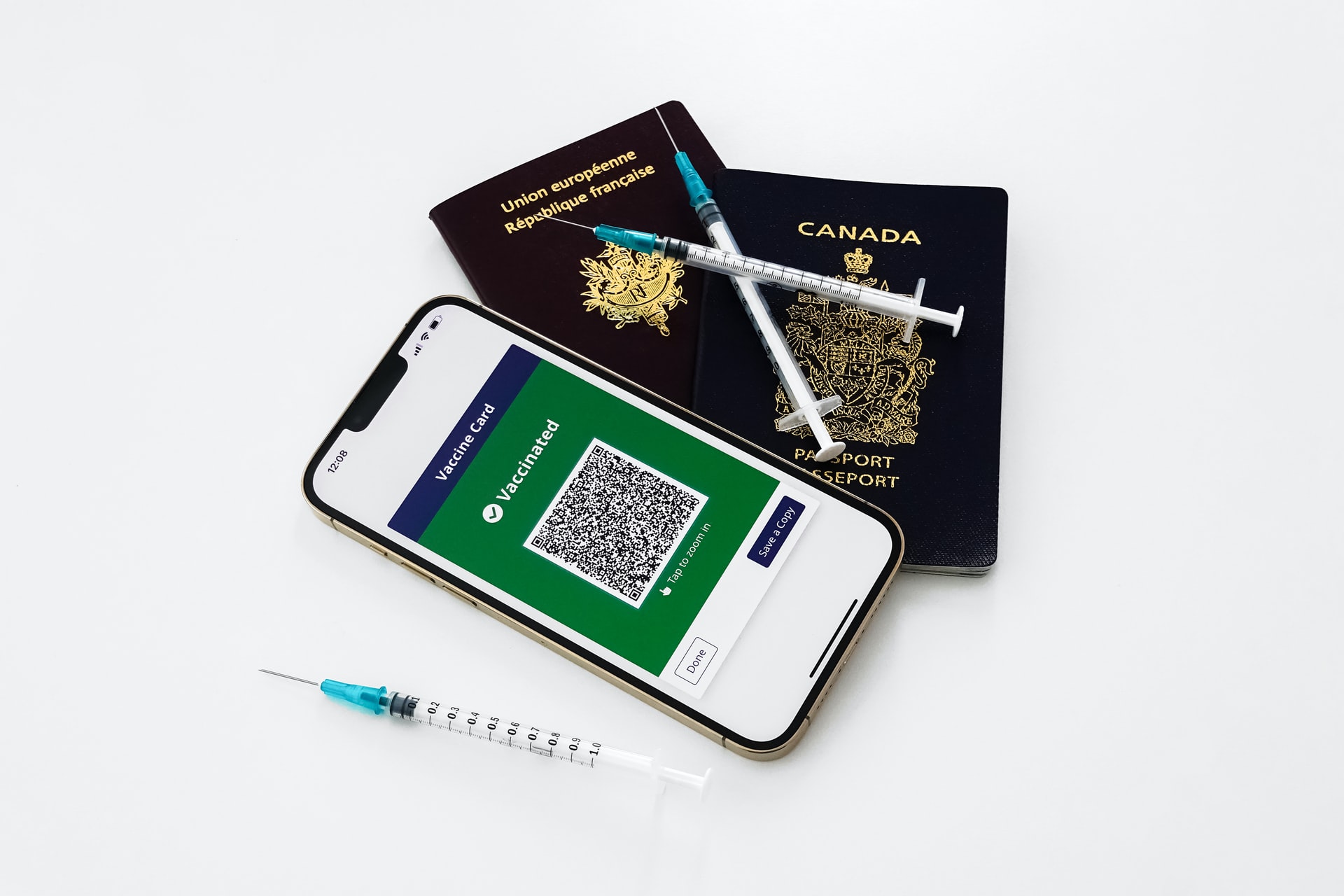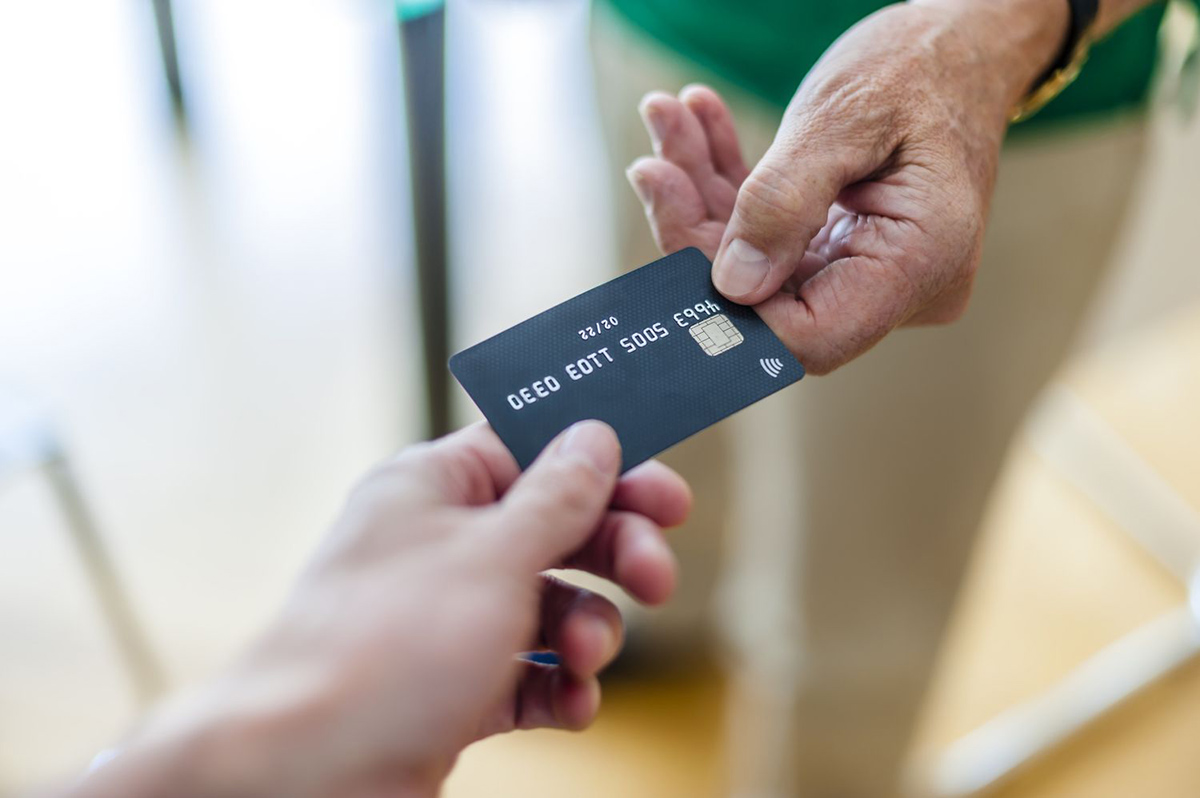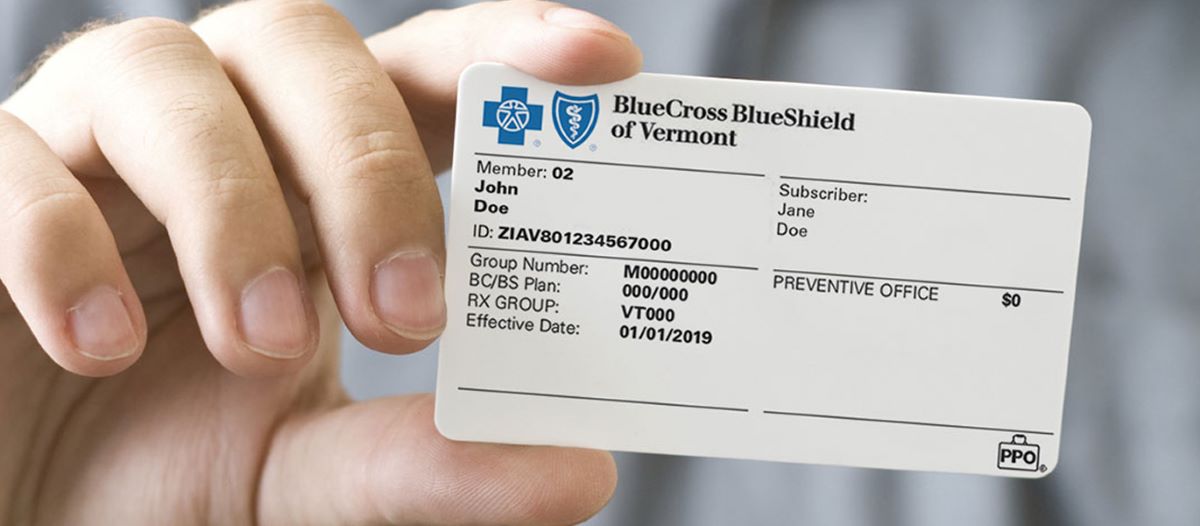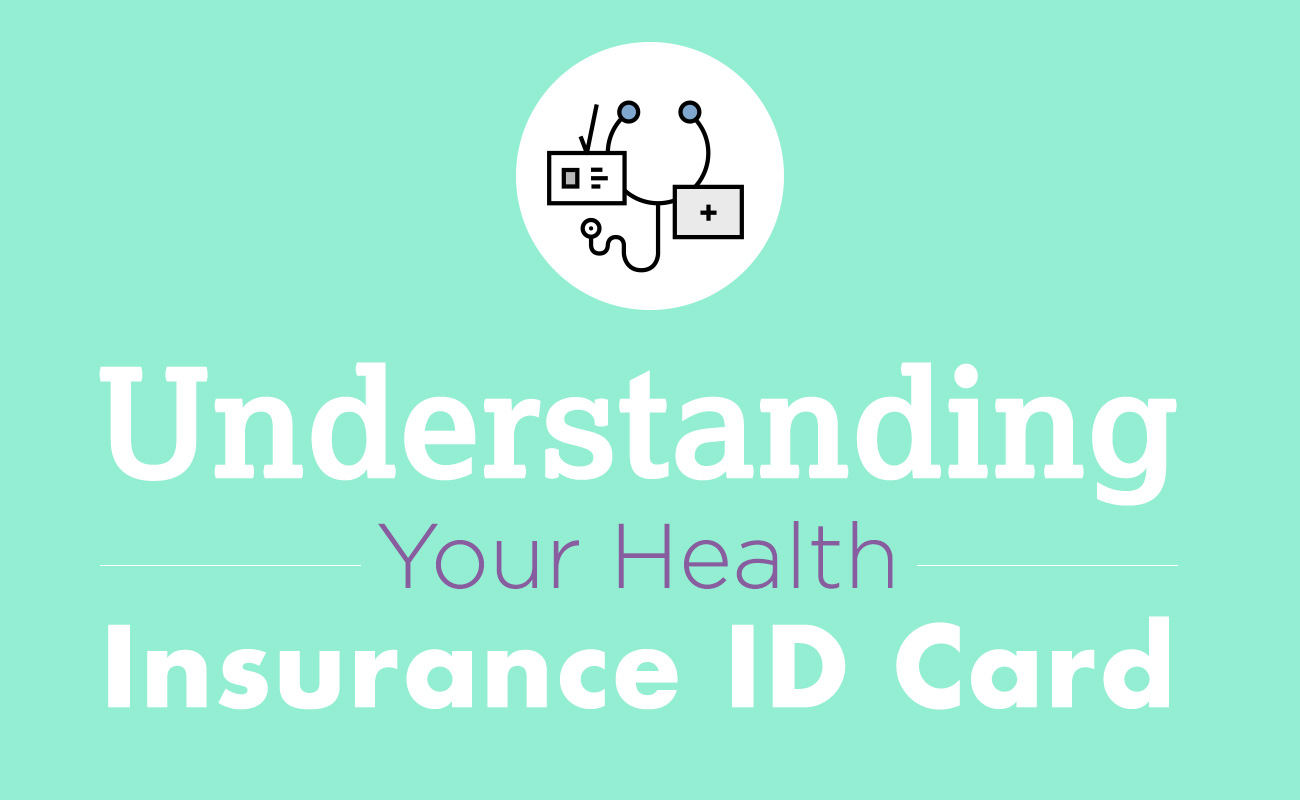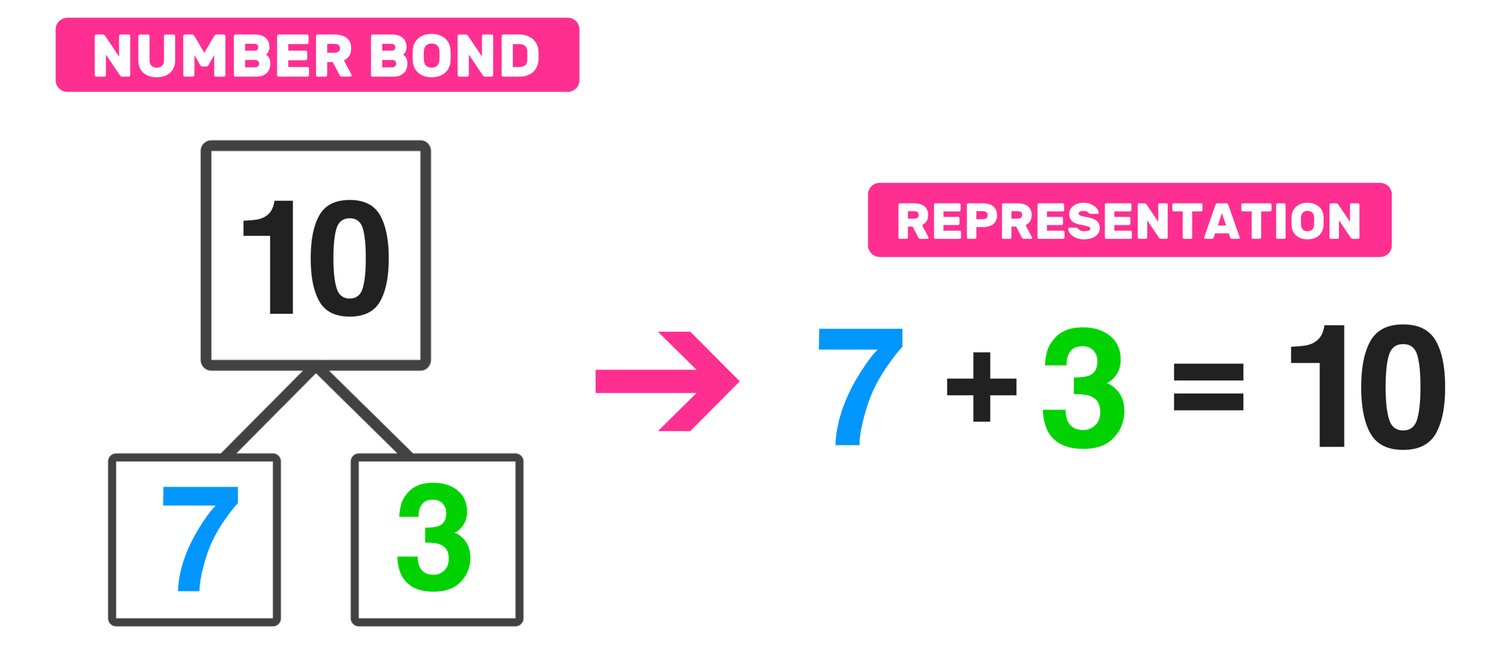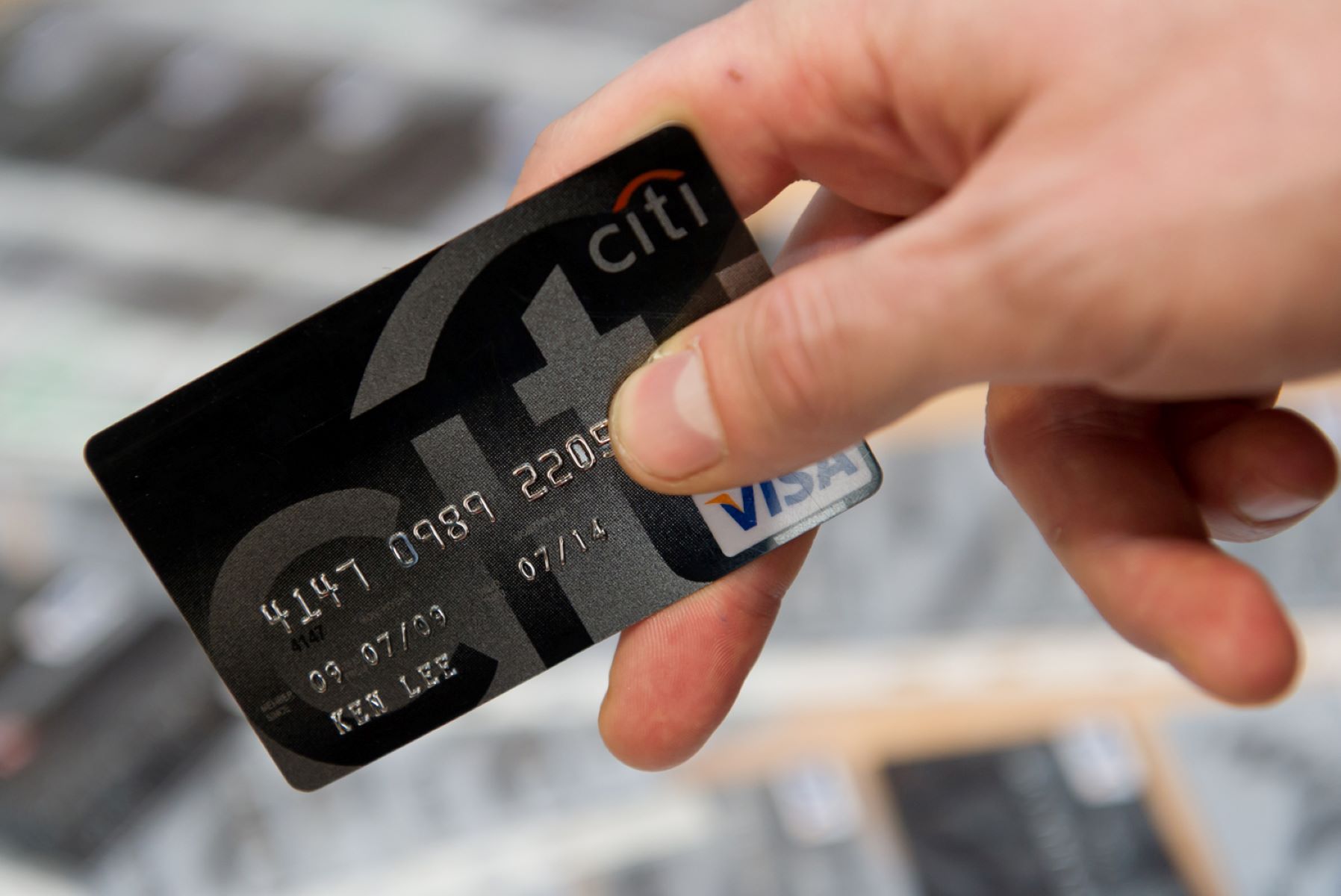

Finance
What Is The Bin Number On An Insurance Card?
Modified: February 21, 2024
Learn about the importance of the bin number on an insurance card and how it affects your financial transactions. Gain valuable insights into insurance finance at [Website Name].
(Many of the links in this article redirect to a specific reviewed product. Your purchase of these products through affiliate links helps to generate commission for LiveWell, at no extra cost. Learn more)
Table of Contents
Introduction
Insurance is an integral part of our lives, providing financial protection and peace of mind when unexpected events occur. Whether it’s health insurance, auto insurance, or any other type of coverage, insurance cards are essential documents that contain vital information. One crucial piece of information found on insurance cards is the BIN number. But what exactly is a BIN number, and why is it important? In this article, we will delve into the world of insurance cards and explore the significance of BIN numbers.
Understanding insurance cards is essential for policyholders to maximize the benefits of their coverage. These cards serve as proof of insurance and contain vital details about the plan, such as the policyholder’s name, group number, and other identifying information. In addition, insurance cards include essential contact information for the insurance provider, making it easy for policyholders to access customer service or inquire about specific coverage details.
A BIN number, which stands for Bank Identification Number, is a unique identifier that is assigned to each insurance provider. Similar to credit card BIN numbers that identify the issuing bank, insurance BIN numbers serve a similar purpose. They help healthcare providers and pharmacies identify the insurance company associated with the policyholder’s plan. This identification is crucial for submitting claims, verifying coverage, and ensuring the smooth processing of medical services and prescriptions.
The importance of BIN numbers on insurance cards cannot be overstated. These numbers facilitate seamless communication between healthcare providers and insurance companies, ensuring that medical claims are properly processed. Without a valid BIN number, healthcare providers may encounter difficulties in submitting claims and obtaining reimbursement for their services. As a result, having the correct BIN number on an insurance card is crucial for both policyholders and healthcare providers.
Understanding Insurance Cards
Insurance cards are tangible documents provided by insurance companies to policyholders. They serve as proof of insurance coverage and provide important information about the policy and the insurance provider. Understanding the components and purpose of insurance cards is crucial for policyholders to navigate their coverage effectively.
Insurance cards typically include the policyholder’s name, policy number, and group number. These details help identify the individual and their specific coverage within a group plan. Additionally, insurance cards often include the contact information for the insurance company, making it easy for policyholders to reach out for assistance or inquiries.
One of the essential elements on an insurance card is the BIN number. This number plays a crucial role in the healthcare system, facilitating the claims process and ensuring proper communication between healthcare providers, insurance companies, and pharmacies.
In addition to the BIN number, insurance cards may incorporate other critical details, such as a unique member identification number (ID), the effective dates of coverage, and any copayment or deductible information. These elements are essential for both policyholders and healthcare providers to navigate the insurance claims process smoothly.
Insurance cards may differ depending on the type of coverage, such as health insurance, auto insurance, or dental insurance. Each type of insurance card will have specific information relevant to that particular field. For example, a health insurance card may include information about primary care physicians, specialists, or pharmacy benefit managers, while an auto insurance card may provide details about coverage limits and policy endorsements.
It is crucial for policyholders to carry their insurance cards with them at all times. In case of an emergency or the need for medical services, healthcare providers will require the insurance card to verify coverage and billing information. Additionally, pharmacies will often request the insurance card to process prescriptions and ensure that the policyholder receives the correct benefits and medication.
By understanding the various components of an insurance card, policyholders can confidently navigate their coverage and ensure that they receive the necessary benefits and services. Additionally, healthcare providers can efficiently communicate with insurance companies and process claims appropriately, streamlining the payment and reimbursement process for medical services.
What Is a BIN Number?
A BIN number, also known as a Bank Identification Number, is a unique numerical identifier assigned to insurance providers. It serves a similar purpose as BIN numbers for credit cards, which identify the issuing bank. In the insurance industry, the BIN number helps healthcare providers, pharmacies, and other entities recognize the insurance company associated with a policyholder’s plan.
The BIN number is typically a six-digit code, though some insurance providers may have longer identifiers. Each insurance company has its own unique BIN number, allowing for quick identification and communication between healthcare providers and insurers.
Insurance BIN numbers play a crucial role in streamlining the claims process. When a policyholder receives medical services or fills a prescription, the healthcare provider or pharmacy collects the relevant information and submits a claim to the insurance company. The BIN number is used to route the claim to the correct insurer, ensuring that the claim is processed accurately and efficiently.
In addition to facilitating claims processing, BIN numbers enable healthcare providers to verify coverage details and benefits for the policyholder. By recognizing the specific insurance company associated with a BIN number, healthcare providers can access the necessary information to plan and provide appropriate medical care.
The BIN number is an integral part of the healthcare ecosystem, enabling seamless communication between insurance companies, healthcare providers, and pharmacies. It ensures that claims are properly linked to the correct insurer and that policyholders receive the benefits they are entitled to.
It is important to note that BIN numbers are specific to insurance companies and are different from policyholder-specific identification numbers, such as member IDs or group numbers. While these identification numbers help differentiate individual policyholders within a group plan, the BIN number focuses on identifying the insurance company itself.
Overall, BIN numbers are essential components of insurance cards, serving as unique identifiers for insurance providers. They enable smooth claims processing, help verify coverage, and ensure effective communication in the complex world of healthcare and insurance.
Importance of BIN Numbers on Insurance Cards
BIN numbers are more than just a series of digits on an insurance card; they play a vital role in the healthcare system. Understanding the importance of BIN numbers is crucial for policyholders, healthcare providers, and pharmacies alike.
One of the primary benefits of BIN numbers is their role in facilitating seamless communication between healthcare providers and insurance companies. When a policyholder seeks medical services or fills a prescription, the healthcare provider or pharmacy needs to know the insurance company associated with the coverage. By referencing the BIN number, healthcare providers can quickly identify the insurance provider and initiate the claims process.
Accurate and efficient claims processing is another significant advantage of BIN numbers. Healthcare providers submit claims to insurance companies to receive reimbursement for their services. The BIN number ensures that the claim is routed to the correct insurer, reducing the risk of delays or claim rejections. This streamlined process benefits both healthcare providers, who can receive timely payment, and policyholders, who can avoid unnecessary out-of-pocket expenses.
BIN numbers also help healthcare providers verify coverage and benefits for policyholders. By referencing the BIN number, healthcare providers can access insurance company databases to determine the scope of coverage, including deductible amounts, copayments, and any limitations or restrictions. This information is crucial for healthcare providers to plan appropriate care and inform policyholders about potential costs.
For policyholders, having the correct BIN number on their insurance cards is essential. It ensures that claims are processed accurately and that they receive the benefits they are entitled to. Errors or discrepancies in the BIN number can lead to complications and delays in claim processing, resulting in potential financial burdens or delayed access to medical services.
Pharmacies also rely on BIN numbers to process prescription claims efficiently. When a policyholder presents their insurance card at the pharmacy, the pharmacist uses the BIN number to determine the insurer and access the necessary information for billing and medication coverage. The correct BIN number ensures that the policyholder receives the appropriate benefits and that the pharmacy can submit accurate claims for reimbursement.
In summary, the importance of BIN numbers on insurance cards cannot be overstated. They serve as identifiers for insurance providers, enabling smooth communication, accurate claims processing, and efficient verification of coverage and benefits. Whether you are a policyholder, healthcare provider, or pharmacy, understanding and utilizing BIN numbers is essential for navigating the complex world of insurance and healthcare.
How Are BIN Numbers Used?
BIN numbers, or Bank Identification Numbers, are integral to the functioning of the healthcare system. They are used in several key ways to ensure smooth communication and efficient processing of insurance claims.
One of the primary uses of BIN numbers is to identify the insurance company associated with a policyholder’s coverage. When a healthcare provider or pharmacy receives an insurance card, they reference the BIN number to determine the appropriate insurer. This identification is crucial for submitting claims and coordinating coverage-related activities.
Once the insurance company is identified using the BIN number, healthcare providers can initiate the claims process. They gather relevant information such as the services rendered, diagnostic codes, and charges, and submit the claim to the insurance company. The BIN number on the insurance card helps route the claim to the correct insurer for processing.
Insurance companies use BIN numbers to link the claim to the policyholder’s coverage, ensuring that the right benefits and services are applied. The BIN number plays a vital role in accurately processing claims and determining the appropriate reimbursement amount.
In addition to claims processing, BIN numbers are used by healthcare providers to verify coverage details and benefits for the policyholder. By referencing the BIN number, healthcare providers can access insurance company databases to determine the scope of coverage, including deductible amounts, copayments, and any limitations or restrictions.
Pharmacies also rely on BIN numbers for prescription claims processing. When a policyholder presents their insurance card to fill a prescription, the pharmacist uses the BIN number to identify the insurance company. This identification allows the pharmacy to access the necessary information for billing and medication coverage, ensuring that the policyholder receives the appropriate benefits and that accurate claims are submitted for reimbursement.
BIN numbers are also critical for insurance companies to manage their provider networks. These numbers help insurance companies establish relationships with healthcare providers and ensure that they have the necessary information to process claims accurately and efficiently. BIN numbers are often used by insurance companies to monitor claims data, analyze healthcare trends, and identify potential areas for improvement or cost savings.
Overall, BIN numbers are utilized at various stages of the insurance claim process. They serve as unique identifiers for insurance companies, enabling seamless communication, accurate claims processing, and efficient verification of coverage and benefits. Whether you are a policyholder, healthcare provider, or insurance company, understanding the importance and usage of BIN numbers is crucial for navigating the complexities of the healthcare system.
Finding the BIN Number on an Insurance Card
Locating the BIN number on an insurance card is essential for policyholders, healthcare providers, and pharmacies. The BIN number serves as a unique identifier for the insurance company associated with a policyholder’s coverage. Finding the BIN number ensures accurate claims processing and enables seamless communication between all parties involved.
The placement of the BIN number on an insurance card can vary depending on the insurance company and the card design. However, there are common locations where policyholders can typically find the BIN number:
- Front of the Card: Some insurance cards may prominently display the BIN number on the front of the card. It is often located near the insurance company’s name or logo. Policyholders should look for a six-digit numerical code on the front side of the card.
- Back of the Card: In some cases, the BIN number may be present on the back of the insurance card. It is usually listed along with other important contact information, such as customer service or claims phone numbers. Policyholders should carefully review the back of the card for the BIN number.
- Policyholder Information Section: On certain insurance cards, the BIN number may be located within the section that provides policyholder information. This section typically includes the policyholder’s name, policy number, group number, and other identifying details. The BIN number may be listed alongside or underneath this information.
If policyholders are unable to locate the BIN number on their insurance card, it is recommended to contact their insurance company directly. Customer service representatives can provide guidance and ensure that the policyholder has accurate and up-to-date information.
Healthcare providers and pharmacies also need to know where to find the BIN number on an insurance card. They typically ask policyholders to present their insurance card during medical visits or when filling prescriptions. By reviewing the card and locating the BIN number, healthcare providers and pharmacies can initiate accurate claims processing and verify coverage details.
It is important for policyholders to keep their insurance cards in a safe and easily accessible place. In the event of a medical emergency or the need for healthcare services, having the insurance card readily available ensures a smooth and efficient process. Keeping the BIN number in mind and understanding its significance helps policyholders and healthcare providers navigate the insurance claim process effectively.
Other Key Information on Insurance Cards
Insurance cards contain more than just the BIN number. They serve as comprehensive references for policyholders and healthcare providers, providing valuable information that is crucial for navigating insurance coverage efficiently.
Here are some other key pieces of information commonly found on insurance cards:
- Policyholder Information: Insurance cards typically include the policyholder’s name, contact details, and personal identification information. This information helps identify the individual and ensures that healthcare providers can accurately link the services provided to the policyholder’s coverage.
- Policy and Group Numbers: Insurance policies often have unique identification numbers. These policy and group numbers are essential for identifying the specific plan under which the policyholder is covered. They also help insurance companies and healthcare providers track policy details and ensure accurate claims processing.
- Effective Dates: Insurance cards also indicate the effective dates of the policy. These dates outline the period during which the coverage is valid. It is crucial for both policyholders and healthcare providers to verify that the services rendered or prescriptions filled fall within the covered dates to avoid claim denials or out-of-pocket expenses.
- Provider Network Information: Some insurance cards may include details about the provider network associated with the policy. This information helps policyholders understand which healthcare providers, hospitals, or pharmacies are in-network, as using in-network providers often results in lower costs and better coverage.
- Contact Information: Insurance cards provide contact details for the insurance company, including customer service helpline numbers, claims processing phone numbers, and online portals. Policyholders can use this information to contact their insurance company for inquiries, claim submissions, or to verify coverage details.
- Copayment and Deductible Information: Depending on the insurance plan, insurance cards may outline copayment amounts for various services, such as doctor visits or prescription medications. Additionally, information about deductibles, which are the amount policyholders must pay out-of-pocket before insurance coverage kicks in, may also be included.
Understanding and familiarizing oneself with the information on an insurance card is crucial for both policyholders and healthcare providers. It ensures that coverage is properly utilized, claims are accurately processed, and any out-of-pocket expenses are minimized.
Policyholders should make sure to review the information on their insurance cards periodically and notify their insurance company of any updates or changes to personal details. Healthcare providers should carefully review insurance cards presented by patients to ensure accurate claims processing and confirm that the services provided fall within the policy’s coverage period.
By utilizing the various pieces of key information on insurance cards, policyholders and healthcare providers can collaborate effectively to ensure that policyholders receive the necessary medical services, medications, and reimbursement as outlined in their insurance coverage.
Conclusion
Insurance cards are essential documents that provide policyholders with proof of coverage and vital information about their insurance plans. Among the critical details found on insurance cards is the BIN number, or Bank Identification Number. This unique numerical identifier is assigned to insurance providers and plays a crucial role in the healthcare system.
The BIN number helps healthcare providers, pharmacies, and other entities identify the insurance company associated with a policyholder’s plan. It facilitates accurate claims processing, seamless communication, and efficient verification of coverage and benefits. The BIN number ensures that claims are routed to the correct insurer, reducing the risk of delays or claim rejections. It also aids healthcare providers in verifying coverage details to plan appropriate care and inform policyholders about potential costs. Pharmacies rely on the BIN number to process prescription claims accurately and ensure that policyholders receive the appropriate benefits.
Insurance cards contain other key information, such as policyholder details, policy and group numbers, effective dates, provider network information, and contact information. Familiarizing oneself with this information is crucial for policyholders and healthcare providers to navigate insurance coverage effectively.
In conclusion, understanding the importance of BIN numbers and other information on insurance cards is essential for policyholders, healthcare providers, and pharmacies. It ensures accurate claims processing, seamless communication, and efficient verification of coverage and benefits. By utilizing the BIN number and other details on insurance cards, policyholders can maximize their benefits, healthcare providers can properly provide care, and insurance companies can facilitate smooth interactions within the complex healthcare system.
